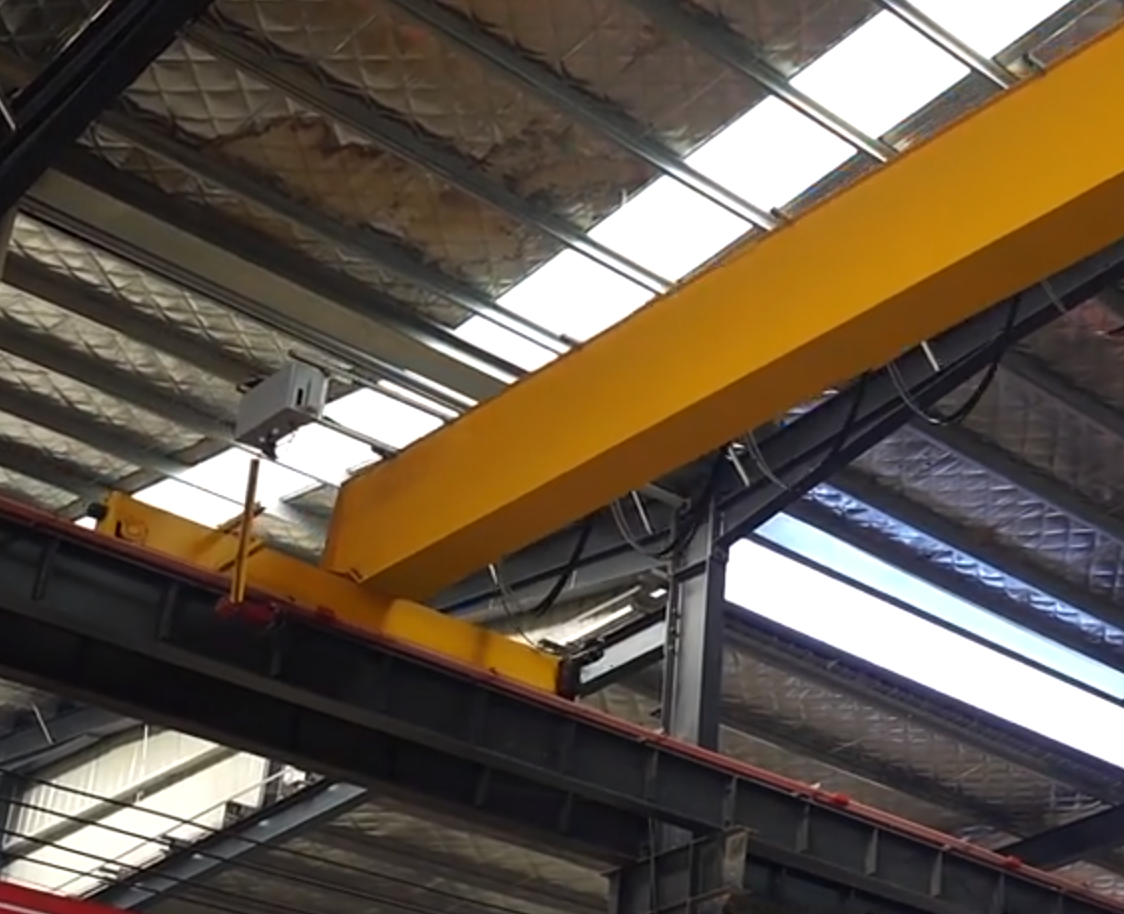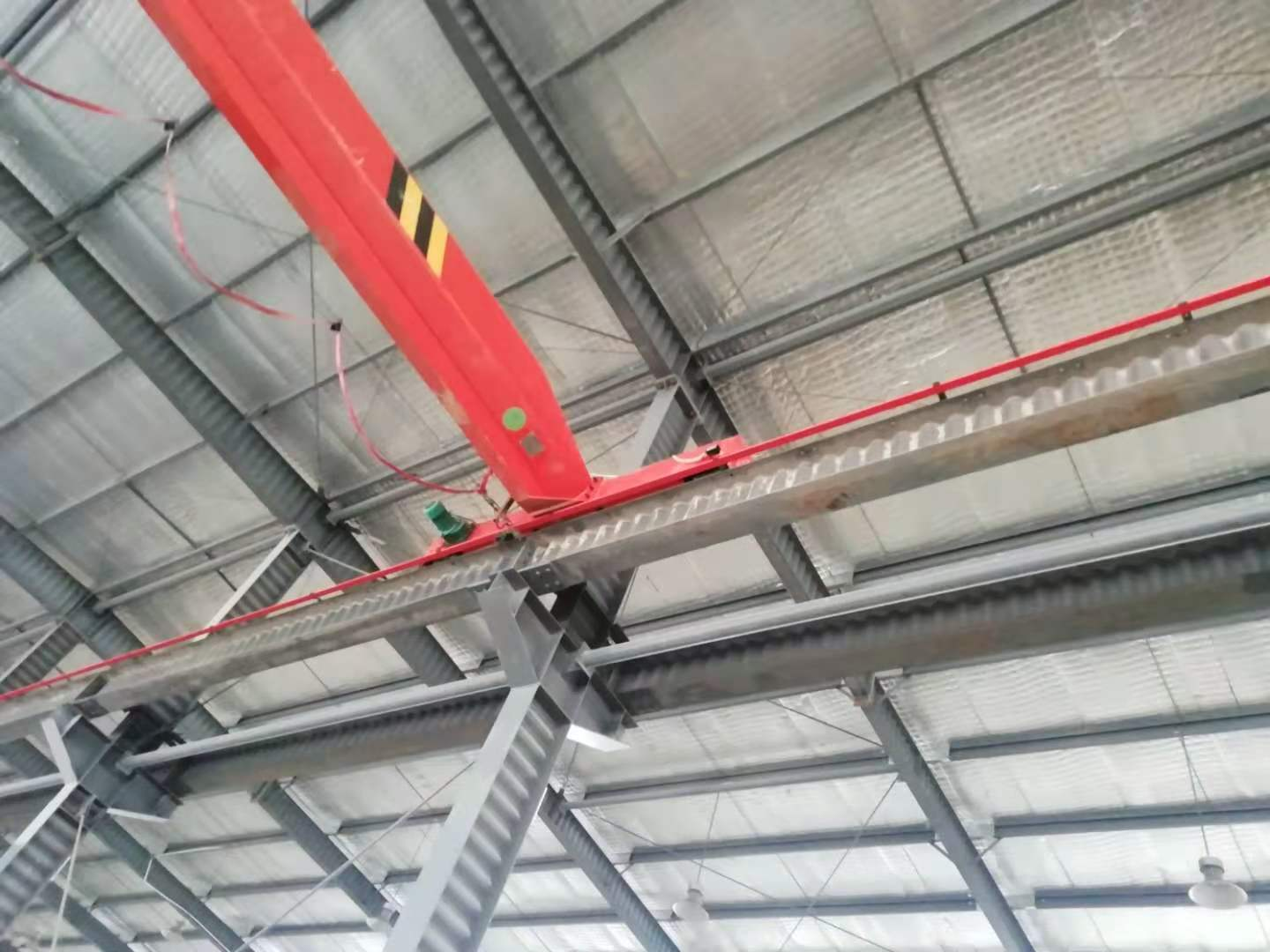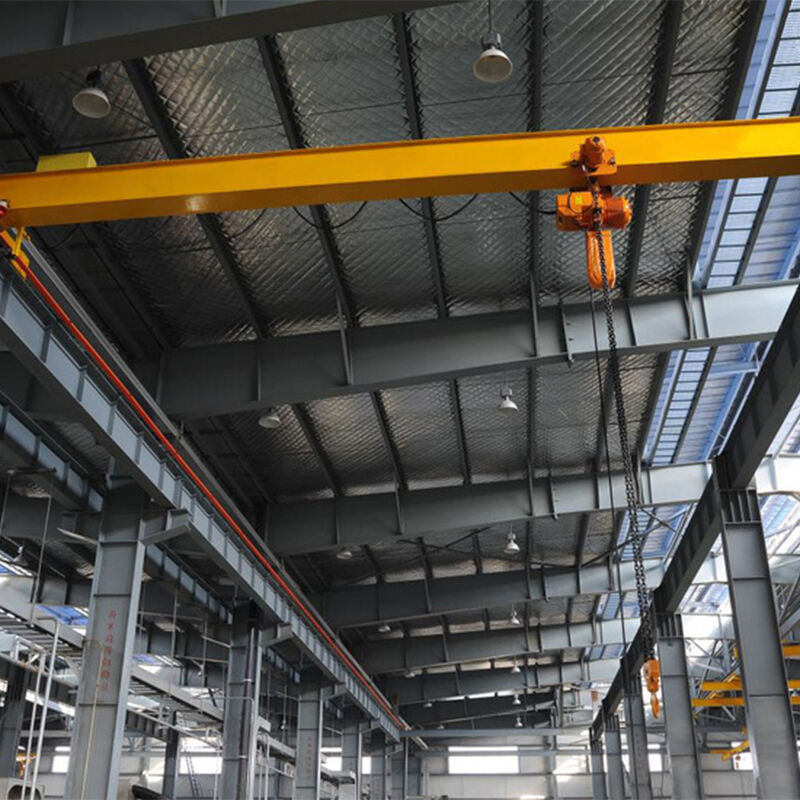In the modern manufacturing world, factory efficiency hinges on seamless operations and minimal downtimes. The functionality of sliding contact lines stands as an essential factor which enables the power supply needed for operating moving equipment and machinery. Selecting and maintaining sliding contact lines by Wuxi Komay as per this article helps to minimize stopping events while promoting constant factory movement.
Understanding Sliding Contact Lines
Moving equipment receives its continuous electrical power through the sliding contact lines which are known as conductor rails or power feeds. Sliding contact lines are used in three main categories of industrial equipment which include overhead cranes and automated storage and retrieval systems together with linear motion machinery platforms. These lines act as both safety features and distance-spanning power connectors which deliver safe efficient power for mobile equipment thus maintaining operational continuity. Repeated operational problems with these equipment lines generate negative effects that include time-stopping operations alongside repair expenses.
One Should Consider Following Aspects When Selecting Sliding Contact Lines
The selection of materials for sliding contact lines proves fundamental since it affects the line conductivity and material toughness and environmental endurance. Copper along with aluminum functions as common materials in sliding contact lines because they possess superior conducting capabilities. Despite being more expensive copper outperforms electrically and provides longer service existence. The use of aluminum demands periodic maintenance because it costs less and weighs less than copper.
The production facilities operate within multiple environmental conditions where they encounter temperature variations and humid conditions as well as chemical exposure. You need to choose sliding contact lines specifically designed to cope with the environmental elements in your factory. During conditions of high humidity factory operators must choose corrosion-resistant materials and protective coatings because this prevents equipment integrity failure.
Machinery power load requirements should be known before the selection of suitable sliding contact line ratings. Electrical faults accompanied by overheating coupled with fire hazards are direct results of overloading the system. Safe system operation requires proper determination of maximum current limits so companies must select equipment which meets their total operational demands.

Maintaining Sliding Contact Lines
The reliability and service lifetime of sliding contact lines depend heavily upon scheduled inspections. The inspection process should include a check for damaging wear symptoms that include frayed wires together with loose connections and conductor rail physical breakdown. Regular checks using established schedules enable technicians to behave potential issues early when they are still minor.
The malfunctioning of sliding contact lines occurs when cleaning and lubrication are not performed because of dust and debris accumulation. Continuous cleaning procedures with correct cleaning solvents preserve contact points which guarantees electric power stability. The application of lubricants to moving components decreases the amount of friction and extends both functional durability and lifetime expectancy of individual parts.
Loose connections represent a frequent cause of electrical malfunctions that develop in sliding contact lines. Regular vibrations combined with mechanical movements tend to free the bolts and mounting fasteners within sliding contact lines during their operational period. Connection security is maintained through periodic inspections along with tightening procedures that keep electrical contact steady.
Minimizing Energy Losses
The smooth transfer of energy remains essential for factories to operate at their best levels. Effective design of sliding contact lines requires controls for minimizing energy loss along the path. Proper operation of sliding contact lines depends on selecting appropriate conductors together with proper contact quality and standard maintenance procedures. The installation quality and maintenance practices of sliding contact lines lead to energy conservation which ensues better machine function and decreased operational expenses.

Emergency Procedures and Training
The combination of proper emergency plan documentation and staff training regarding equipment failure response leads to reduced production stoppages. The staff training program should include essential troubleshooting methods which help employees resolve standard problems with sliding contact lines. The safety guidelines for electrical components as well as identification of situations requiring professional technician intervention must be known by maintenance personnel.
Conclusion
The use of meticulous selection combined with diligent maintenance rituals enables a large decrease in sliding contact line disruptions. Multiple essential elements that include material selection and environmental suitability as well as proper load management and routine maintenance activities enable factories to achieve higher operation efficiency. Organizations that provide proper education and establish effective emergency programs enhance their abilities to operate manufacturing facilities at peak efficiency. These guidelines create manufacturing benefits by reducing downtimes along with decreased maintenance costs while improving overall productivity.

 EN
EN
 AR
AR
 HR
HR
 CS
CS
 DA
DA
 NL
NL
 FI
FI
 FR
FR
 DE
DE
 EL
EL
 HI
HI
 IT
IT
 JA
JA
 KO
KO
 NO
NO
 PL
PL
 PT
PT
 RO
RO
 RU
RU
 ES
ES
 SV
SV
 TL
TL
 IW
IW
 ID
ID
 LV
LV
 LT
LT
 SR
SR
 SK
SK
 UK
UK
 VI
VI
 SQ
SQ
 HU
HU
 TH
TH
 TR
TR
 AF
AF
 MS
MS
 BN
BN
 MN
MN
 KK
KK
 KY
KY
